Healthcare Technology: Revolutionizing The Future of Medicine
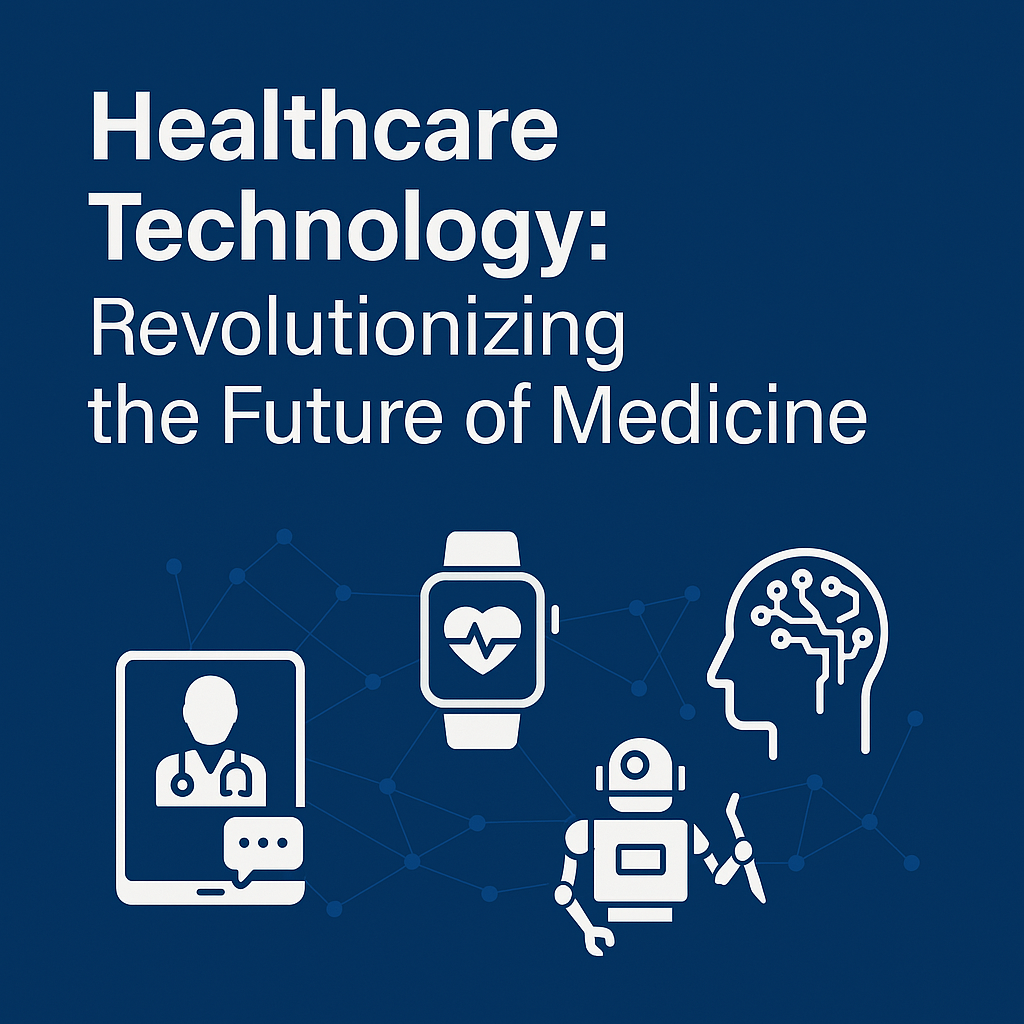
Healthcare technology has accelerated at a neck-break speed over the last few years to be the driving force behind a global revolution in medical care. Advances such as Artificial Intelligence (AI), Internet of Medical Things (IoMT), and big data are not only enhancing diagnostics and treatment but are also creating a more tailored, more efficient, and more accessible healthcare system.
In a world faced with challenges like pandemics, rising chronic diseases, and health worker shortages, technology is increasingly becoming the solution.
1. Healthcare Technology Artificial Intelligence (AI) in Medical Diagnostics
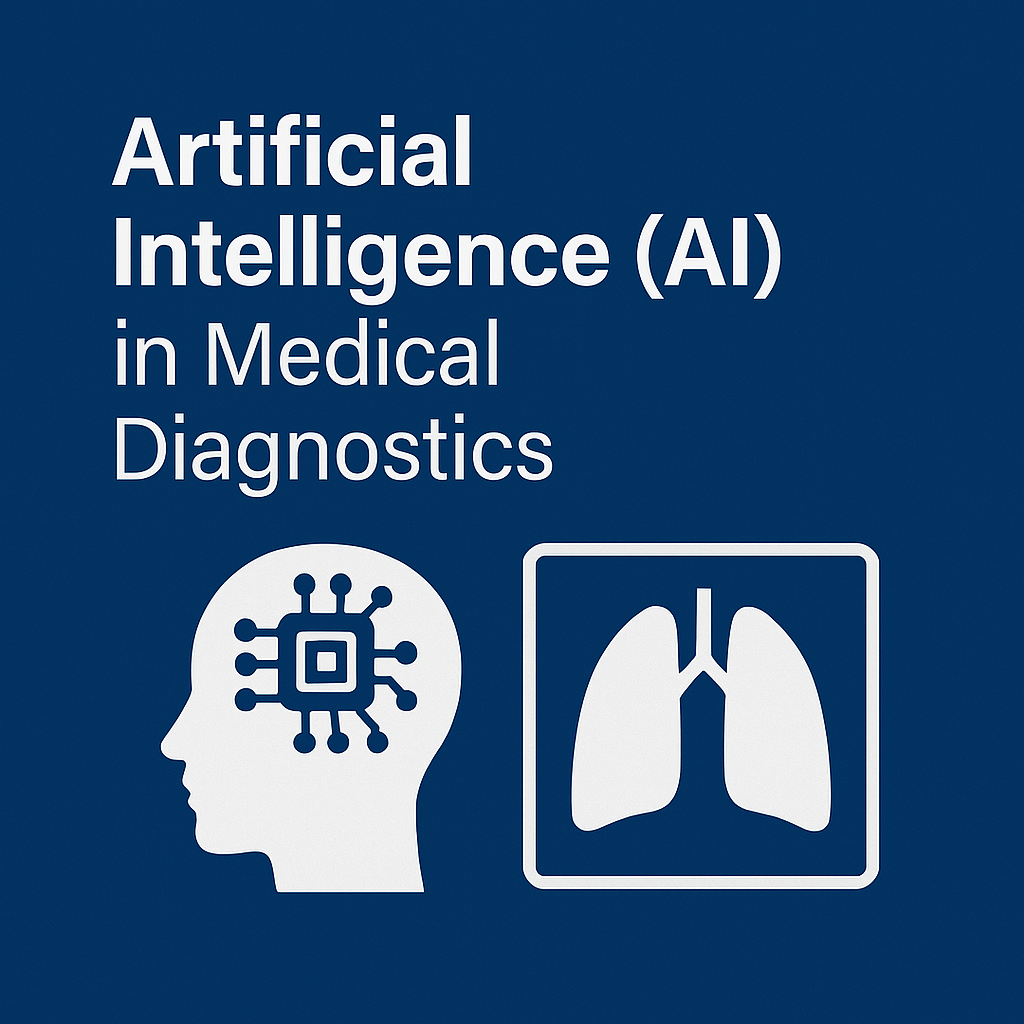
What Is AI in Healthcare?
Medical AI is the use of intelligent algorithms to mimic human reasoning and understand medical data. AI is capable of analyzing patient data, CT scans, and X-rays with maximum speed and accuracy.
Advantages of AI in Medicine:
- Early Detection: Identify diseases like cancer, diabetes, and heart disease at an early stage.
- Medical Imaging Analysis: Interpret thousands of radiology images in minutes with high accuracy.
- Clinical Decision Support: Help doctors make decisions based on big-data.
Real Example: Google’s DeepMind has shown spectacular results in detecting diabetic retinopathy and acute kidney injuries.
2. Telemedicine: Remote Healthcare Access

What Is Telemedicine?
Telemedicine allows patients to consult healthcare professionals remotely via video calls, chat, or specialized software. Telemedicine has greatly expanded access to healthcare—especially in rural or underserved communities.
Advantages of Telemedicine:
- Simple and Convenient Access: Especially beneficial for the elderly and those in remote locations.
- Reduced Hospital Burden: Many non-emergency conditions can be treated online.
- Enhanced Chronic Disease Management: Conditions like hypertension can be managed at home.
Stat: Telemedicine adoption grew more than 38 times during the COVID-19 pandemic, according to McKinsey.
3. Healthcare Technology Wearable Devices and the IoMT
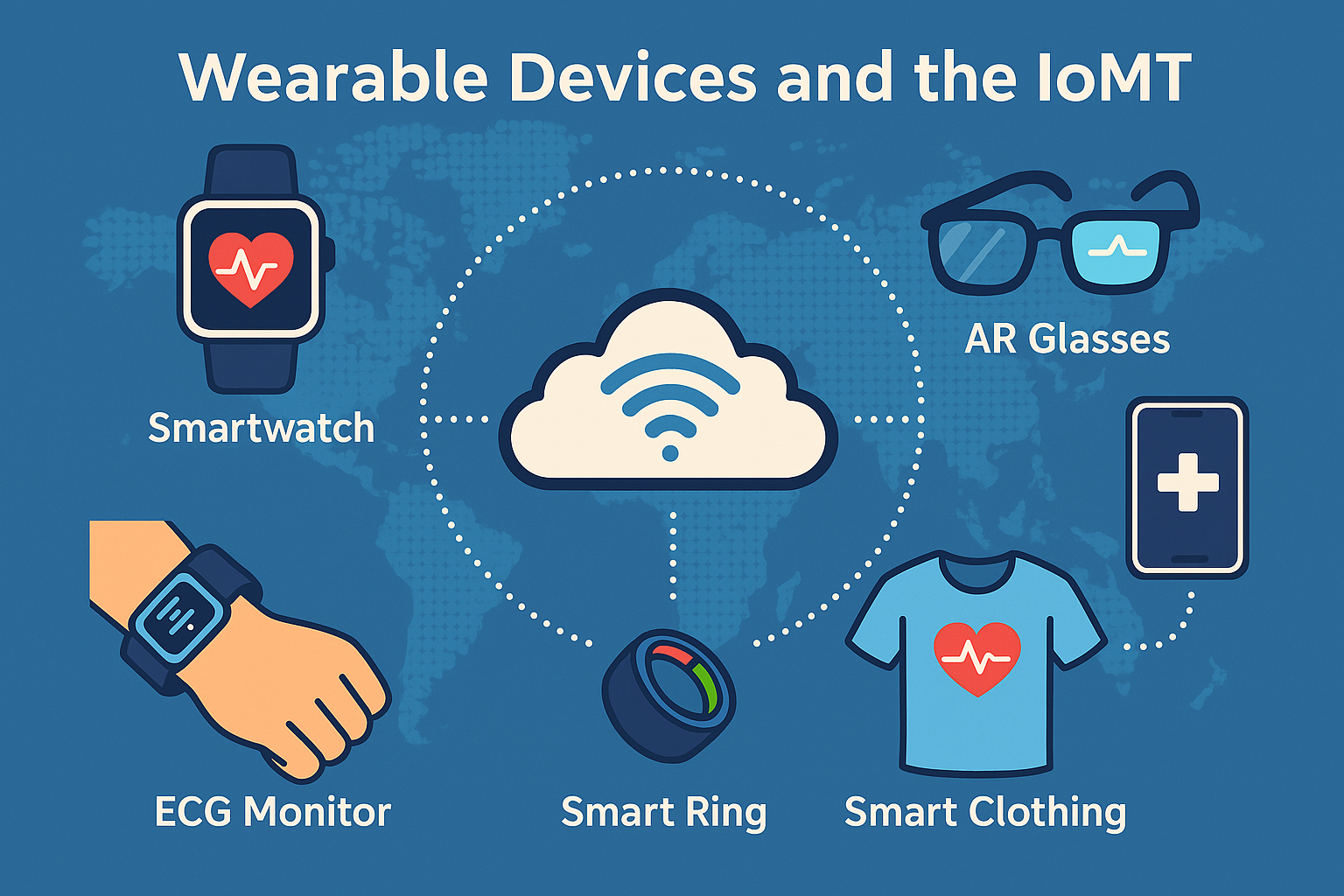
What Is the IoMT?
The Internet of Medical Things (IoMT) is an interconnected network of medical devices that collect, share, and interpret patient data in real time.
Benefits of Smart Health Devices:
- 24/7 Health Monitoring: Track heart rate, blood oxygen, sleep, and activity.
- Emergency Alerts: Real-time alerts if vital signs show abnormalities.
- Seamless Data Integration: Syncs automatically with hospital systems or health apps.
Example: Apple Watch and Fitbit now have the ability to identify atrial fibrillation and monitor blood oxygen levels.
4. Healthcare Technology Big Data and Predictive Analytics
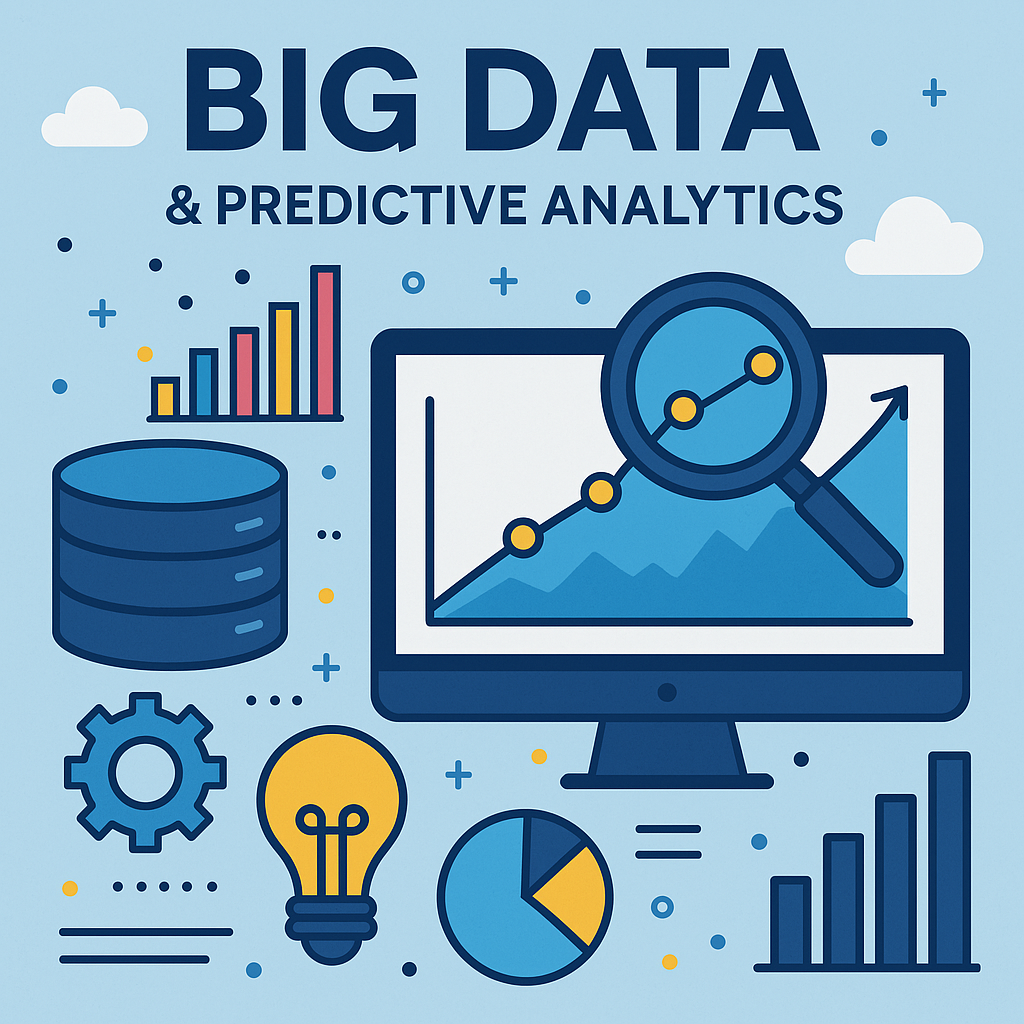
What Is Healthcare Big Data?
Healthcare big data refers to the massive amount of data produced via electronic medical records (EMR), patient monitoring devices, genomic data, and so on.
Uses of Big Data:
- Disease Outbreak Forecasting: Identify and forecast disease trends like flu or COVID-19.
- Individualized Treatment Regimens: Tailor treatments according to lifestyle and genetic data.
- Optimization of Hospital Management: Improve resource scheduling and reduce waiting times.
Fun Fact: The healthcare sector generates about 30% of the world’s data (source: IBM).
5. Genomics and Precision Medicine

What Is Precision Medicine?
Precision medicine is a strategy that customizes treatment based on an individual’s genetic makeup. It seeks improved treatment with reduced side effects.
Genomics Technology Impact:
- Early Risk Detection: Identify genetic predisposition to disease.
- Targeted Drug Development: Create drugs that are tailored to specific genetic makeup.
- Better Cancer Therapies: Move beyond the “one-size-fits-all” approach.
Example: CRISPR technology allows scientists to edit defective genes and even cure inherited illness.
6. Robotics and Hospital Automation Healthcare Technology
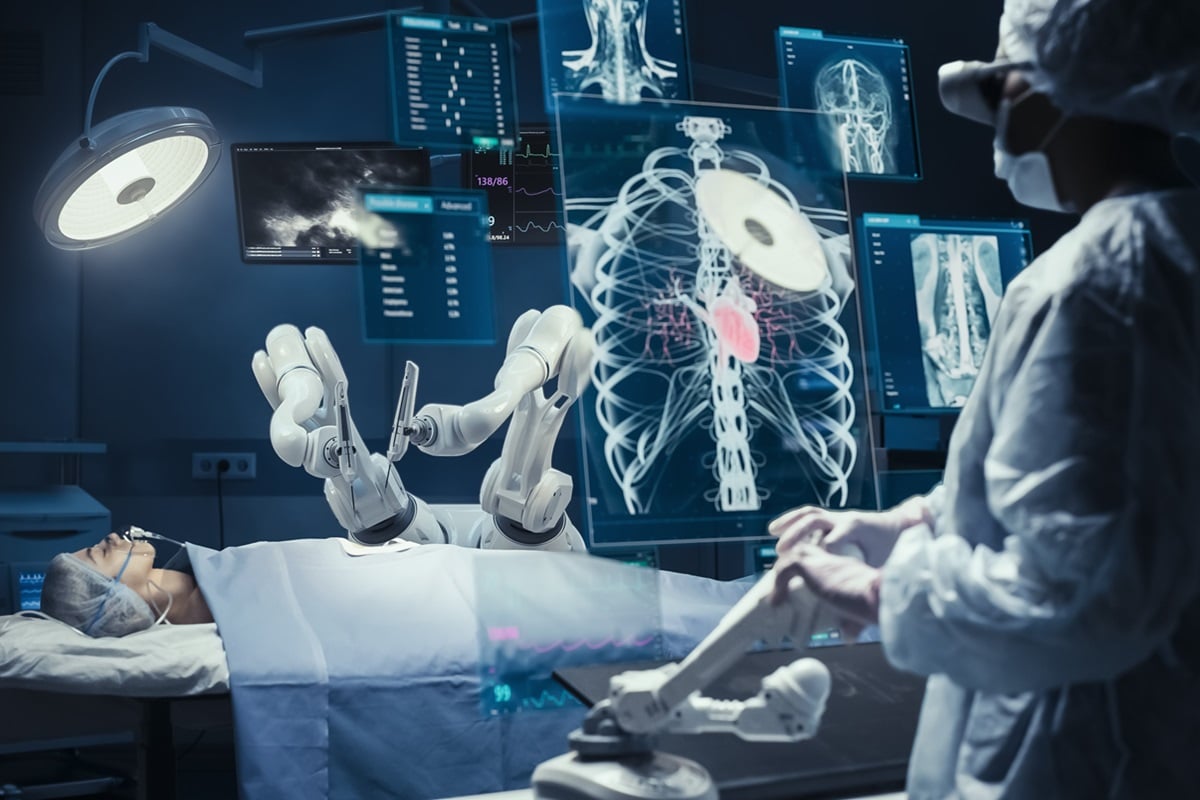
How Robots Work in Healthcare?
Robots assist in precision operations (e.g., Da Vinci Surgical System), drug delivery, room disinfection, and even as patient assistants.
Benefits of Medical Robots:
- Better Surgical Accuracy
- Reduced Infections
- Enhanced Operating Room Productivity
Interesting Fact: Robots assist old patients with mobility issues and social companionship in Japan.
Technology isn’t just enhancing healthcare—it’s revolutionizing it. Advancements like AI, IoMT, big data, and genomic medicine are shaping a future of care that’s more accurate, tailored, and available for all.
There is a new revolution of digital health underway that doesn’t just heal disease, but prevents disease, tracks health, and improves health outcomes globally.
Frequently Asked Questions
1. What is healthcare technology
Healthcare technology includes technologies employed to improve healthcare services, from diagnostics to treatment to patient tracking.
2. Give examples of recent healthcare technologies.
Examples include artificial intelligence-based medical imaging, telemedicine solutions, wearable devices for health monitoring, and gene-editing tools like CRISPR.
3. How does technology save lives?
By enabling early diagnosis, real-time tracking, and tailored treatment, healthcare technology improves survival and quality of life.